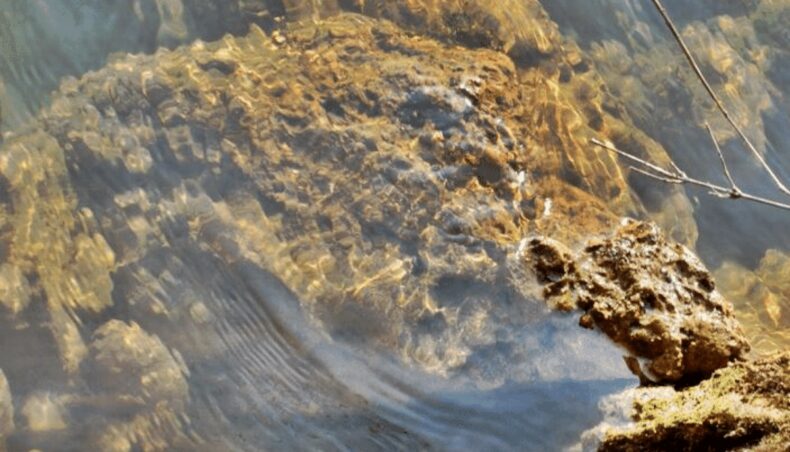The Indian Institute of Technology (IIT) researchers, Mr. M Narendra Babu and Dr. Venkatesh Ambatti have developed practical data analytics approach to detect petroleum underground.
Researchers Chose the Tipam Formation Of The Upper Assam Basin.
The research team used their method to detect a hydrocarbon-saturated zone, the zones where the molecules are made entirely of single carbon-carbon bonds, which don’t subsume additional atoms into their original structure, hence called saturated.

This research was led by professor Rajesh R Nair, Faculty of Petroleum Engineering Programme, Department of Ocean Engineering.
They chose The sandstone-based reservoir at 2.3 km underground in the tipam formation of Upper Assam Basin for the research place.
It is a statistical approach that can characterize subsurface rock structure (the area below the surface of the earth) and detect petroleum hydrocarbon reserves.
The method was successful in proving critical information on the rock type distribution and hydrocarbon saturation zones in tipam.
The researchers used the rock-type distribution data to analyze data obtained from seismic surveys (a method used to investigate rock patterns using shock wave reflections or to find underground properties) and well logs.
During well logging, the logging tool is thrown down into the borehole via a cable. The Relevant data is passed electrically through the line to the surface, where they is digitally and continuously recorded as a function of the depth of the formation.

Professor Rajesh Nair said while highlighting aspects of why such research. We needed “it was a challenge to imaging underground structures evoked from the low resolution of the seismic images and the difficulty in matching data from well-log and seismic surveys”.
Further, he added, “our team has developed a methodology for predicting the hydrocarbon zones from the complex well log and seismic data.”

Due to the Assam-Arakan discovery, of the Digiboi oilfield, Assam has come forward as a ‘category-I’ basin.
Assam has a significant amount of hydrocarbon reserves, petroleum is found in the pore space of hydrocarbon inside the underground as in rock formations, Hence the survey is needed to identify the petroleum reservoirs.
While talking about the technical aspects of the study, Professor Rajesh Nair said, “Our team used a type of seismic inversion, called ‘Simultaneous Prestack Seismic Inversion’ (SPSI).
In the seismic image, this analysis provided the occupying distribution of petrophysical properties (chemical and physical rock properties and their interaction with fluids).
“Our team then combined this with other data analytics tools such as Target Correlation Coefficient Analysis (TCCA), Poisson impedance inversion, and Bayesian classification to obtain the region’s underground rock and soil structure successfully,” professor Nair said in his ending note.













